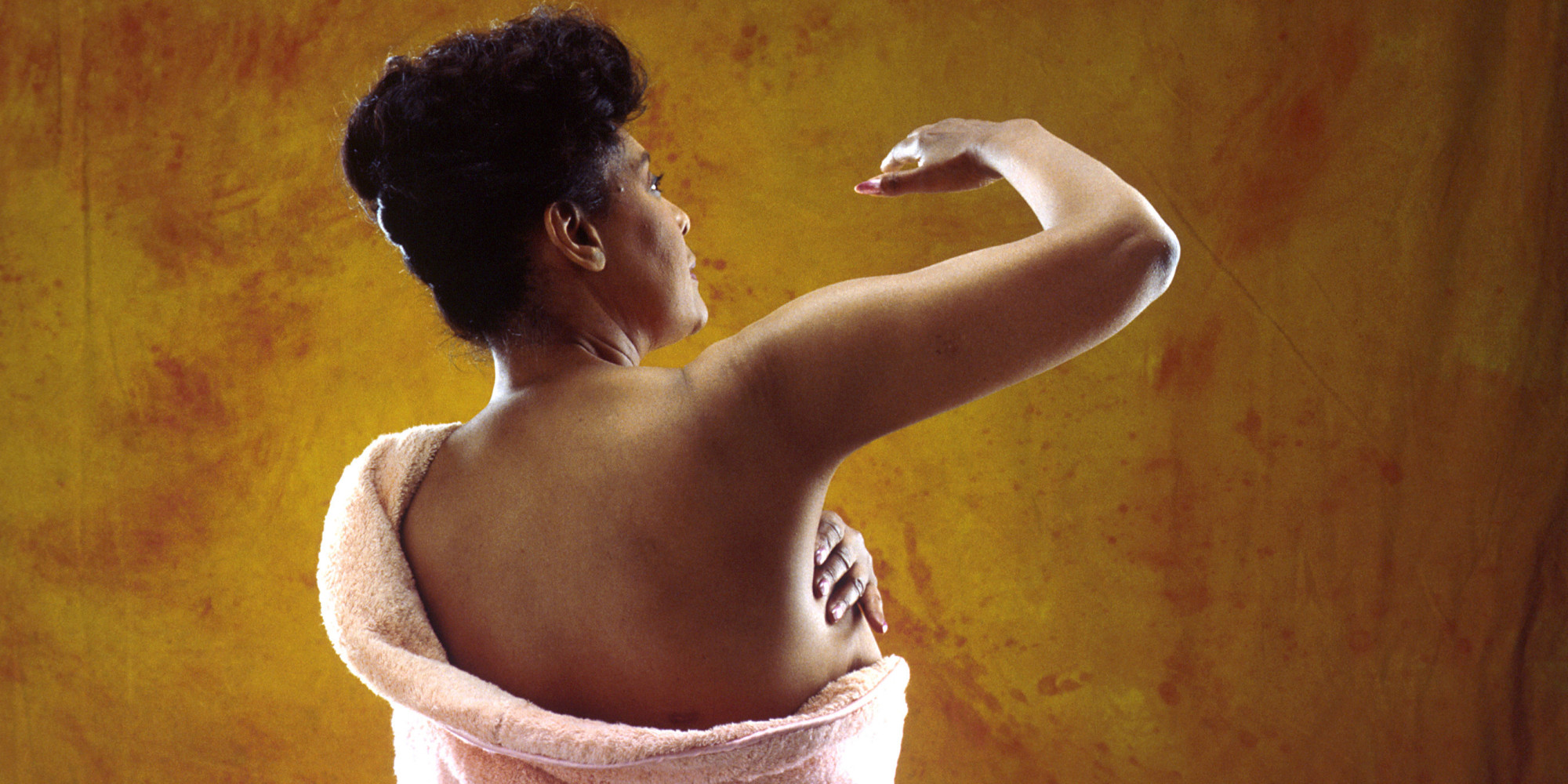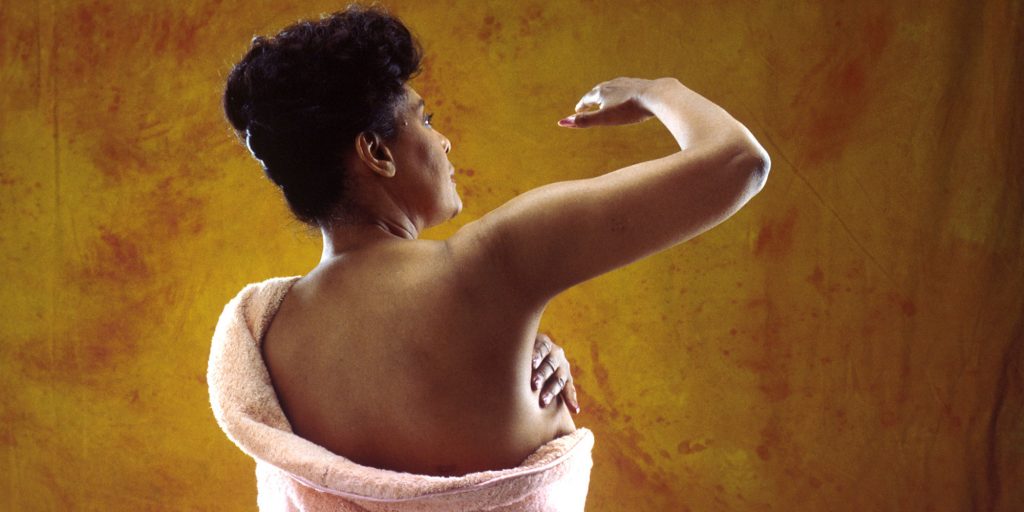A Walvis Bay based radiologist has urged women aged 40 and above to have their breast examined for cancer through mammogram screenings.
Dr. Joseph Kabongo, a specialist diagnostic radiologist at Erongo Medical feels women from the age of 40 should have a mammogram screening once a year while women who are 55 and above should have a mammogram screen once every two years.
Mammogram breast cancer screening aids in the early detection of breast cancer, said Kabongo. Mammograms aim to detect very small lesions 1-14 mm before it spreads to the rest of the body.

Moreover, mammograms also reduce death from cancer. Kabongo noted a five-year survival rate of 98.6 percent in localised breast lesion, 20 year survival rate of 84.9 percent in regional disease and long-term survival rate of 25.9 percent in distant disease.
The extent of disease at diagnosis is determined by the degree of spread of cancer that occurs within four months from the date of cancer diagnosis.
Localised is when the cancer is at the tissue of origin, regional is the spread to an adjacent organ, muscle, connective tissue, fat, serosa or regional lymph node and distant is the spread to another place in the body. Kabongo made the remarks last week Thursday where Erongo Radiology at the Welwitschia Hospital in Walvis Bay announced the pledge of Mammogram screenings to the Cancer Association of Namibia in the Erongo Region.
This is to support the organisation in breast cancer screening for vulnerable members of the community who cannot afford medical aid and those who do not have the means to pay for their healthcare.
Kabongo acknowledged the Cancer Association of Namibia is doing its best to educate the nation by providing free information services on cancer.
“The progress you are making in breast cancer awareness is nothing short of remarkable. But it is no time to rest. For this reason we are gathered here today to support you in saving lives,” Kabongo said.
Kabongo also advised women to actively self-examine their breasts regularly. “Seek immediate medical attention once a palpable lump is present,” he said, stating that early detection saves lives.

